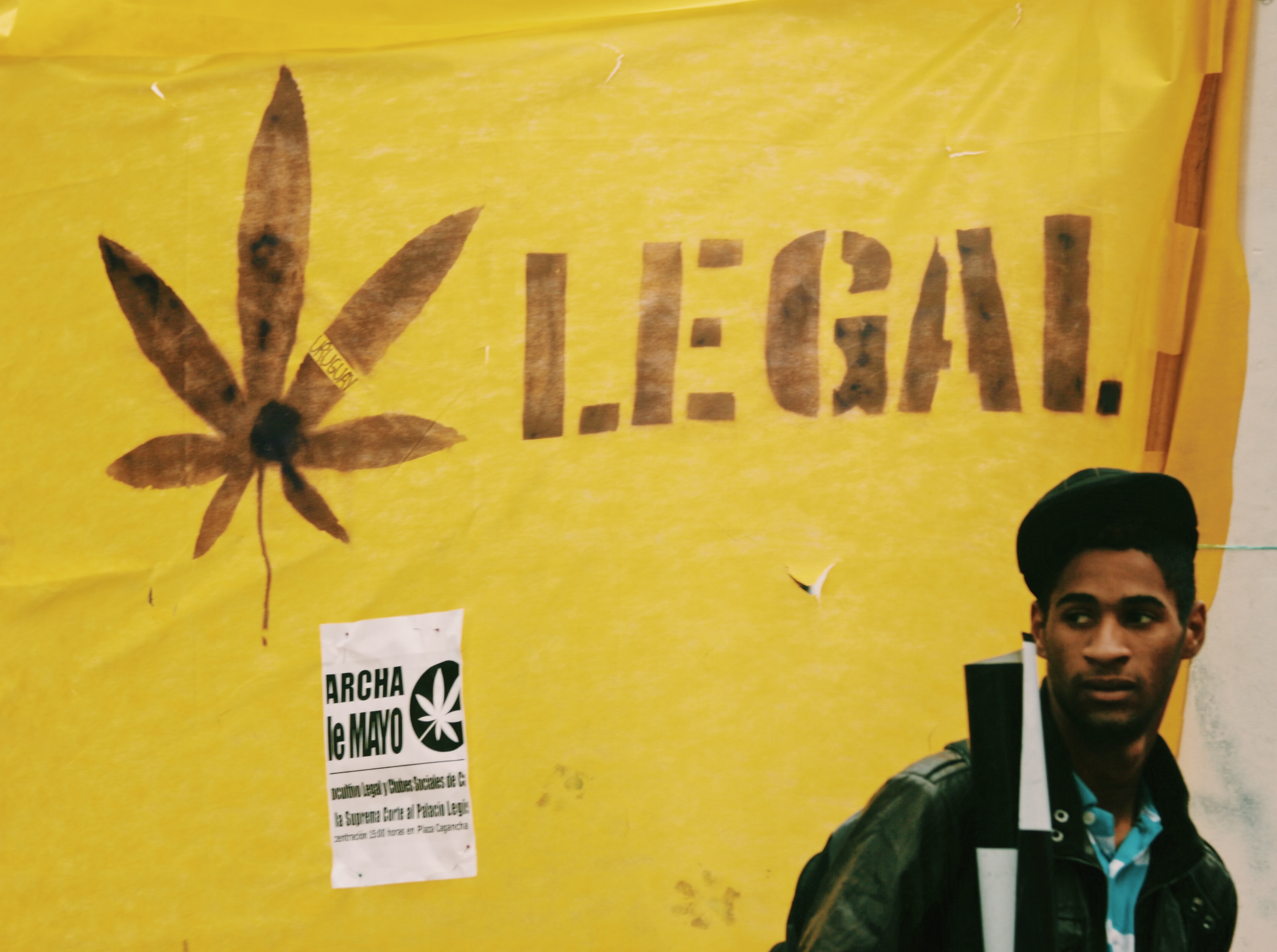Barely two months ago, on November 20, the U.S. House Judiciary Committee — a group of representatives tasked with overseeing the administration of justice — finally took action on an issue affecting millions of American citizens: the federal status of marijuana.
The House Judiciary Committee, with a vote of 24 to 10, decided to approve a bill that fully legalizes weed across the United States. This means that the bill will move into the full House of Representatives, where all 435 reps will have a chance to speak on the matter and vote yay or nay. Currently, with the Democrats controlling the House, the chances of finally legalizing marijuana seem high — but will the vote happen any time soon? Or will the issue continue to be pushed aside, leaving millions of Americans without access to medical treatment and recreation?
To understand when the issue of marijuana legalization will come to a head, we first need to understand the federal government’s history with marijuana and the various obstacles between this bill and any future law.

The History of Marijuana Legislation
Cannabis is baked into the history of the United States, and understanding its legal ebbs and flows is critical to understanding the current controversy surrounding marijuana at the federal level. The roots of marijuana in the New World begin before the Revolutionary War, when the very first settlers and colonists were encouraged to grow hemp for use in clothing, role, sales and other textiles. In fact, in 1619, the Virginia Assembly passed a law requiring every farmer to have a help crop, a tradition followed even by Founding Fathers and Virginia natives George Washington and Thomas Jefferson.
Cannabis and hemp production flourished in America through the 19th century. Smoking hashish became a short-lived trend in the US during this time thanks to chic French smokers. After the Civil War, burgeoning industrial processes made other materials more advantageous than hemp, but as medical knowledge improved, marijuana became a staple product in pharmacies across the country. Some of the maladies treated by marijuana include typhus, cholera, rabies, alcoholism, leprosy and menstruation.
Dr. Cannabis Alan Shackelford Puts Medicine Into Marijuana, at CannaTech
This attitude toward cannabis started to change at the beginning of the 20th century and hemp was packaged inside the vilification of cannabis, even though hemp contains only trace amounts of THC, the chemical that makes you high. You can find loads of articles that outline the differences between hemp and cannabis with the take home being:
- Hemp has low concentrations, often less than 0.3 percent per dry weight. It’s non-psychoactive and non-intoxicating.
- Hemp is still from the cannabis family and does not differ that much from other common strains.
- Marijuana, meanwhile, contains at least 0.3 percent THC and is generally grown to maximize the growth of flowers and increase the concentration of THC to produce the effects desired.
Confused yet about hemp and cannabis and marijuana?
During this time, the U.S. was in the process of bringing several Southwest territories into statehood, flooding the rest of the country with Americans of Mexican heritage. What’s more, the Mexican Revolution of 1910 sent Mexican immigrants heading for American lands. Unlike most Americans at the time, Mexicans viewed marijuana as a medicine and an amusement; like alcohol, it offered medical benefits but could also provide good ol’ fashioned fun.

Unfortunately, fear and prejudice from non-Mexican Americans spurred anti-drug campaigners to warn against the “marijuana menace” and attribute terrible crimes to Mexicans who used marijuana. When the Great Depression caused massive unemployment, white Americans continued to resent the Mexican immigrants who seemingly threatened the job market. A rash of research linked marijuana use with violence and deviant behavior, and by 1931, 29 states had outlawed marijuana outright.
The first major federal legislation against marijuana occurred in 1932 with the Uniform State Narcotic Drug Act, a weak act encouraging states to adopt uniform legislation without giving them the police power to search and seize drugs or punish those in possession of them. After the widespread release of “Reefer Madness,” a propaganda film against marijuana, the Feds passed the Marijuana Tax Act in 1937, effectively making the drug illegal to anyone unable to pay a steep tax on its possession and use.
Meanwhile, cannabis remained a vital crop for textiles. During World War II, the military leaned heavily on hemp growers for a variety of military necessities, like parachutes. In 1943, American farmers claimed more than 375,000 acres of hemp.
Despite this, recreational and medicinal use of marijuana was becoming more dangerous. The Feds passed a number of laws throughout the 1950s to set mandatory sentences for drug-related offenses. During this time, a first offense of marijuana possession would have landed offenders up to 10 years in prison and a $20,000 fine, which would be more than $187,000 today, corrected for inflation. Regardless, recreational use of marijuana soared in the 1960s and 1970s, as jaded youth participated feverishly in counterculture activities.
Throughout the second half of the 20th century, research revealed that marijuana is not nearly as dangerous as early (read: biased) investigations assumed. In fact, in the 1970s, Congress repealed the mandatory minimum sentences and Nixon was heavily encouraged to decriminalize marijuana — but he refused. Later, Presidents Reagan and Bush declared the War on Drugs, raising federal penalties for drug possession and sales.
Then, something monumental happened: In 1996, California legalized medical marijuana use across the state, allowing access to the drug for those suffering from AIDs, cancer and other grave, painful diseases. Several states followed suit over the next decade. In 2012, something even more important occurred: Both Colorado and Washington legalized recreational use, taxing sales to benefit the state government. Today, only eight states have not taken steps to decriminalize or legalize marijuana in some capacity, speaking to the general consensus that marijuana is not dangerous and can, in fact, be beneficial, as believed by the New World’s first colonists.
How Legal Marijuana Will Become Law
Insiders on the Hill and elsewhere in the marijuana industry believe that the bill drafted the House has already been buried behind the Senate building. The conservative-dominated Senate has been unwilling to entertain the idea of repealing Republican-established federal legislation against weed, especially when they have control of the White House, too. However, 2020 is an election year — one that could see the Dems overtake Congress and the Oval Office. What is more important than anything, if federal legalization of marijuana is a voter’s top priority, is voting for the right candidates come November 3.

